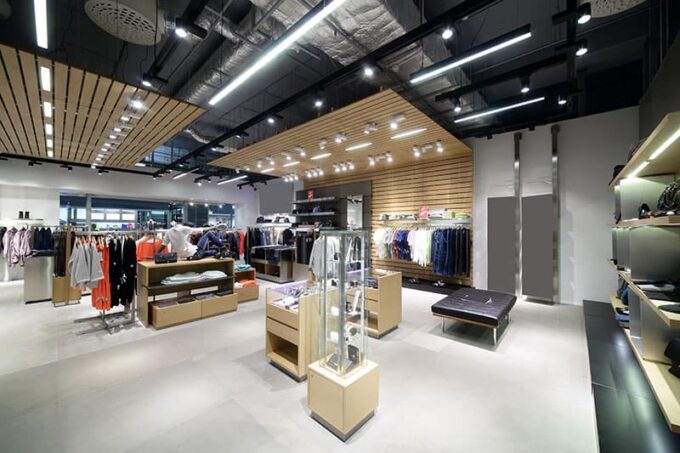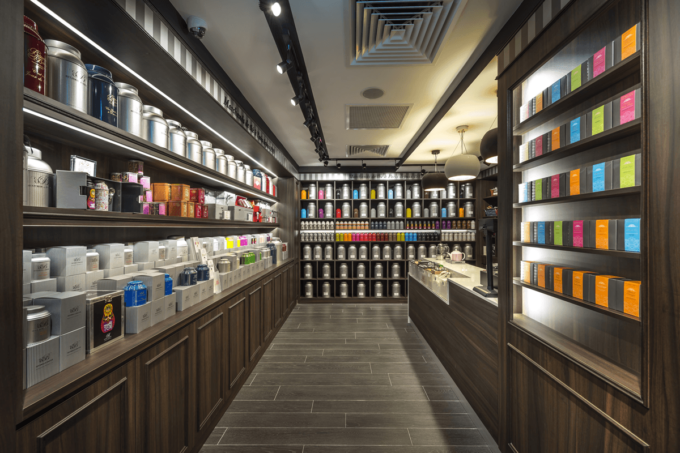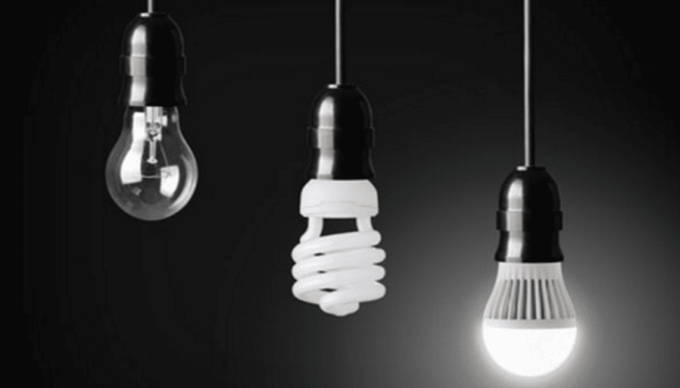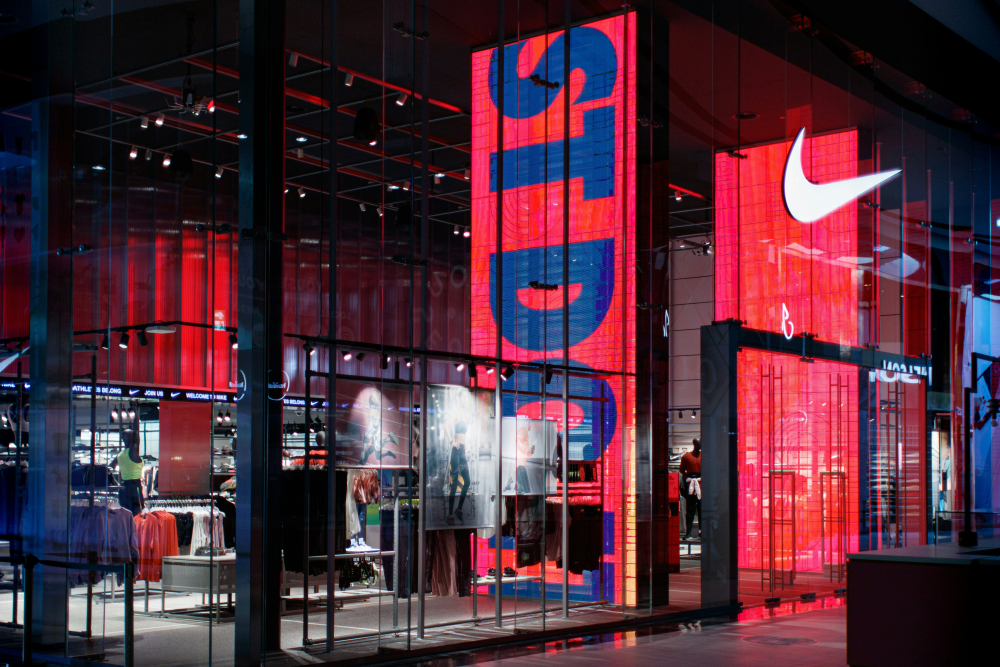In the competitive world of retail, every edge counts in capturing the attention and wallets of consumers. One often overlooked, yet incredibly potent, tool in a retailer’s arsenal is lighting. The strategic use of lighting can play a pivotal role in enhancing customer experience and driving sales.
This article dives into the psychology of lighting in retail spaces, and how it can be used to increase customer engagement and ultimately, boost business.
Highlighting Products with Light

Light has the power to transform the appearance of products, showcasing their best attributes when done correctly. Directional lighting can be used to focus on specific items, creating contrast and depth that can make products stand out. This technique can guide customers’ eyes to promotions, new arrivals, or high-margin items, directing the flow of traffic and influencing purchasing decisions.
For those looking to revamp their retail space with effective illumination, LED shop lighting offers a variety of benefits. Not only does it provide clear, adjustable lighting important for product displays, but it’s also energy-efficient, cutting down on overhead costs.
First Impressions Matter
As customers enter a retail space, the initial impression can significantly affect the duration and quality of their visit. Strategic lighting at the entrance can set the mood, highlight branding, and draw shoppers deeper into the store. It is in these first few moments that a potential buyer decides whether the environment appeals to their sensibilities and if they wish to stay and explore.
Zoning with Light

Retailers can create zones within a store by using different lighting designs. This can be an effective way to categorize products and guide consumers through a logical journey in the purchasing process. Ambient, task, and accent lighting can be combined to differentiate areas, enhance the shopping experience, and keep customers engaged.
The Psychology of Lighting
Lighting serves more than just the functional purpose of visibility; it has a profound effect on human behavior and perception. Various lighting levels and colors can evoke different emotional responses and influence the mood and comfort level of shoppers. A well-lit product can allure and invite, while a poorly lit item may remain unnoticed. Retailers can use this knowledge to create an atmosphere that encourages shopping and enhances customer satisfaction.
Mood Setting and Customer Engagement
The tone of light, from warm to cool, can set the mood of a retail space and influence the overall energy of the shopping experience. Warm lighting can create a cozy, inviting atmosphere that encourages shoppers to linger, while cooler tones often stimulate a dynamic, efficient shopping experience. Lighting can also be altered to suit the time of day or season, keeping the retail environment fresh and engaging to regular customers.
Energy Efficiency and Cost Savings

While the focus is often on how lighting affects customers, it’s also vital to consider the retailer’s perspective. Energy-efficient lighting design can reduce operational costs significantly while still achieving the desired customer-centric goals. Strategic lighting doesn’t just boost sales; it can also lower expenditures, benefiting the bottom line.
Case Studies and Proven Success
To solidify the importance of strategic lighting, many industry case studies demonstrate its impact on retail success. Retailers who have redesigned their lighting schemes report increased customer dwell time, higher sales, and improved overall satisfaction. By analyzing these successes, other retailers can find inspiration and practical insights for their lighting strategies, proving that investment in good lighting design is not an expense but a profitable business decision.
Lighting Technologies on the Horizon

Advances in lighting technology offer exciting prospects for retailers looking to innovate their space. Smart lighting systems can adjust automatically to changes in natural light or store occupancy, creating a responsive environment that feels alive. Integrated with IoT devices, lighting can offer personalized experiences to repeat customers, increasing loyalty and brand appreciation. Staying abreast of these technologies can offer retailers a leading edge in creating immersive shopping atmospheres.
Seasonal and Thematic Lighting Strategies
Retailers also have the opportunity to harness the power of seasonal and thematic lighting to create unique shopping experiences. During holidays and special events, themed lighting can evoke the appropriate spirit, enticing shoppers to engage in the festive environment. This strategy can reinvigorate the shopping experience, encouraging customers to return to see what new and creative displays have been envisioned.
Enhancing Brand Identity Through Lighting

Lighting does more than just illuminate spaces and products; it plays a crucial role in reinforcing and enhancing a brand’s identity. Through the careful selection of lighting fixtures, intensity, and colors, retailers can communicate their brand’s values and ethos directly to their customers.
For instance, a luxury brand might opt for sophisticated, soft ambient lighting to evoke exclusivity and high quality, while a brand focusing on sustainability may emphasize natural light and energy-saving fixtures to reflect its commitment to the environment. By aligning lighting strategies with brand identity, retailers can create a more cohesive and immersive shopping experience that resonates deeply with their target audience, fostering a stronger emotional connection and brand loyalty.
Innovative Display Techniques with Dynamic Lighting
Dynamic lighting, which changes in intensity, color, or pattern, offers retailers innovative ways to highlight products and engage customers. This type of lighting can be particularly effective for creating attention-grabbing displays or for showcasing products in a way that static lighting cannot. For example, dynamic lighting can be used to simulate different times of day or environments, allowing customers to see how products would perform under various conditions.
This technique not only makes the shopping experience more interactive and engaging but also helps products to stand out in a competitive retail landscape. By incorporating dynamic lighting into their display strategies, retailers can offer customers a unique and memorable shopping experience, encouraging longer visits and repeat business.
Conclusion
The subtleties of lighting in retail establishments can influence emotions, guide behavior, and significantly affect sales performance. A strategic approach to lighting design takes into consideration human psychology, retail space planning, and energy efficiency. By applying these insights, retailers can craft a lighting environment that not only appeals to their customers but also illuminates their path to a successful business outcome. As the retail industry continues to evolve, those who employ skillful lighting strategies are likely to see their stores shine in a crowded marketplace.










